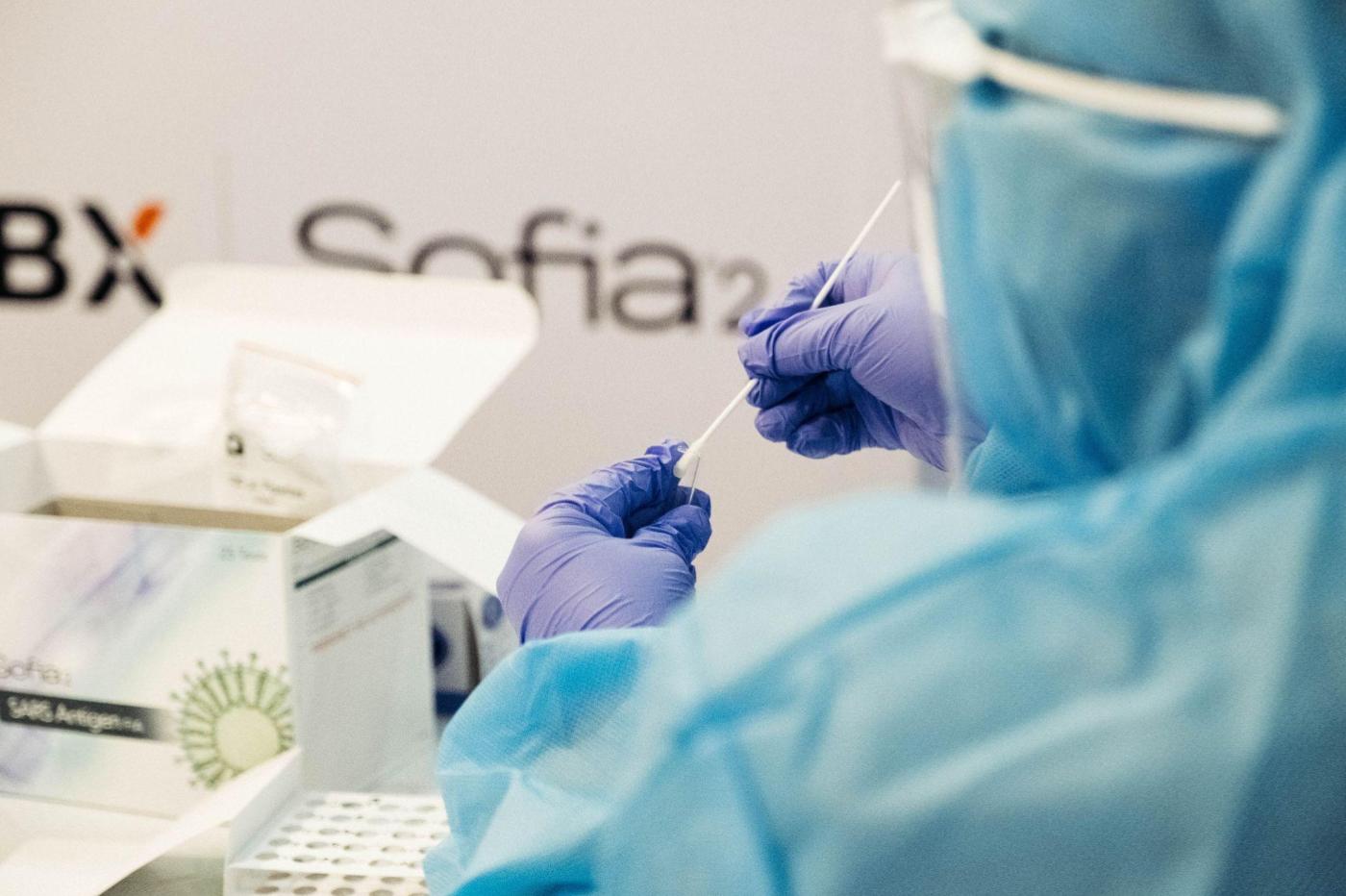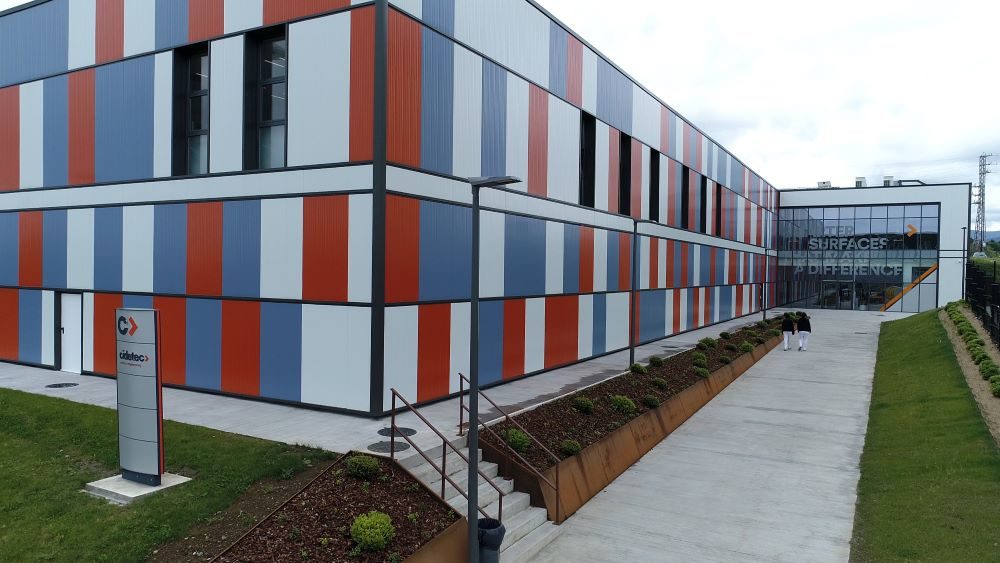
Chinese researchers have developed a sensor that could detect the virus more reliably and faster than a PCR test.
Having become essential since the start of the Covid-19 pandemic, screening tests are not perfect. Each method has its advantages and disadvantages, but the perfect test, both reliable and fast, is still pending; However, during work identified by Futura, a team of Chinese researchers seems to have made progress in this direction.
Today, there are two major alternatives for getting tested: polymerase chain reaction (PCR) tests and so-called rapid antigenic tests. The former are considered particularly reliablebut require laboratory analysis which usually takes many hours. On the other side of the spectrum, antigenic tests provide a result by a few minutesbut their reliability still raises questions, especially when it comes to a self-test.
If it is so difficult to obtain a 100% reliable test, it is because the organism is an extremely complex machine; for each viral particle that we seek to detect, the process must be able to locate them in the midst of a staggering quantity of other biomolecules, which is much easier said than done. This is also why PCR works so well; by massively amplifying the targeted biomolecule through a chain reaction, it becomes easier to detect it as the cycles progress.
To overcome this compromise between speed and precision, Chinese researchers have developed a totally different approach. Their method is based on a microscopic electromechanical sensor. It would achieve a result not only faster than a standard antigen test, but above all with reliability comparable to that of a PCR test.
An approach full of promise, but results to be confirmed
To judge its effectiveness, the team compared the results of a group of 87 patients which included 33 positive people and 57 control subjects, all of whom tested negative for the coronavirus. The Chinese researchers’ sensor reached the same conclusions as the PCR test in 100% of cases, both for positive and negative samples. An impressive result, but one that will however need confirm on a larger group of patients to have a solid statistical validation.
But the game is worth the candle. Because in addition to bringing together the advantages of PCR and antigen testing, this sensor has other obvious advantages in practice. It can in particular be integrated into a machine fully portable. Moreover, this method does not require additional biochemical manipulation such as RNA extraction or nucleic acid amplification; two essential techniques in the context of a PCR, and which require both equipment, reagents and a certain expertise.
It is therefore a much more practical solution from a strictly logistical point of view since it avoids a visit to the laboratory. On paper, this sensor therefore has the potential to significantly improve the management of the virus on a global scale. And it’s not just about practice; this is the kind of consideration that could be a game-changer in regions where the infrastructure is less developed.
The text of the study is available here.



